-
Producer
-
Colbran Family
-
Farm/Coop
-
Baroida Estate
-
Country
- Papua New Guinea
-
Region
-
Baroida, Aiyura, Kianantu
-
Altitude
-
1700-1850m above sea level
-
Varieties
-
Arusha, Bourbon, Mundo Novo, and Typica
-
Process
-
Country grade
-
A (Papua New Guinea)
-
Importer
-
Cofinet
-
Body
-
-
Acidity
-
-
Tasting notes
-
Berries, chocolate, and fruit cake
-
Roast style
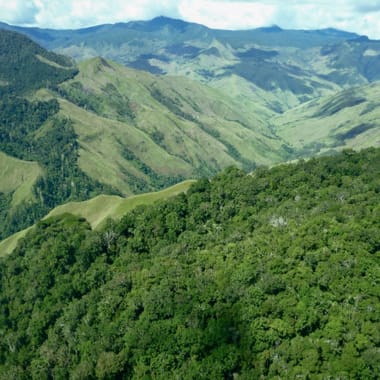
Papua New Guinea
Baroida Estate
(Espresso Roast)About this origin and area
Papua New Guinea (PNG) is a relative newcomer to the specialty coffee scene. The remote locations of the nation’s smallholders (who produce 85% of total coffee in the country) combined with historically-poor infrastructure, have made the transition to specialty difficult. Nonetheless, the country is working towards innovative solutions that will hopefully lead to better quality coffee and improved livelihoods for the nation’s smallholder coffee producers.
Baroida Estate sits in Papua New Guinea’s Eastern Highlands, in the Kainantu District. The estate is perched 1,700-1,850 masl, right where the Lamari River valley meets the Mount Jabarra range. It’s surrounded by smallholder farmers who together care for close to a million coffee trees, making this area one of PNG’s most important coffee-growing regions.
About the producers, Baroida Estate
The Colbran family has been growing coffee here since the 1960s, when Ben Colbran first started the farm. Today, his son Nichol runs it, keeping alive the family’s long history of growing, processing, and sharing high-quality PNG coffee. The estate itself covers about 220 hectares, with both long-standing mature trees and new plantings. Alongside their own crops, the Colbrans also work with surrounding smallholders, offering support in processing and marketing.
The name Baroida comes from a local spirit said to live in a large river rock on the property, a stone that has resisted every flood, no matter how strong.
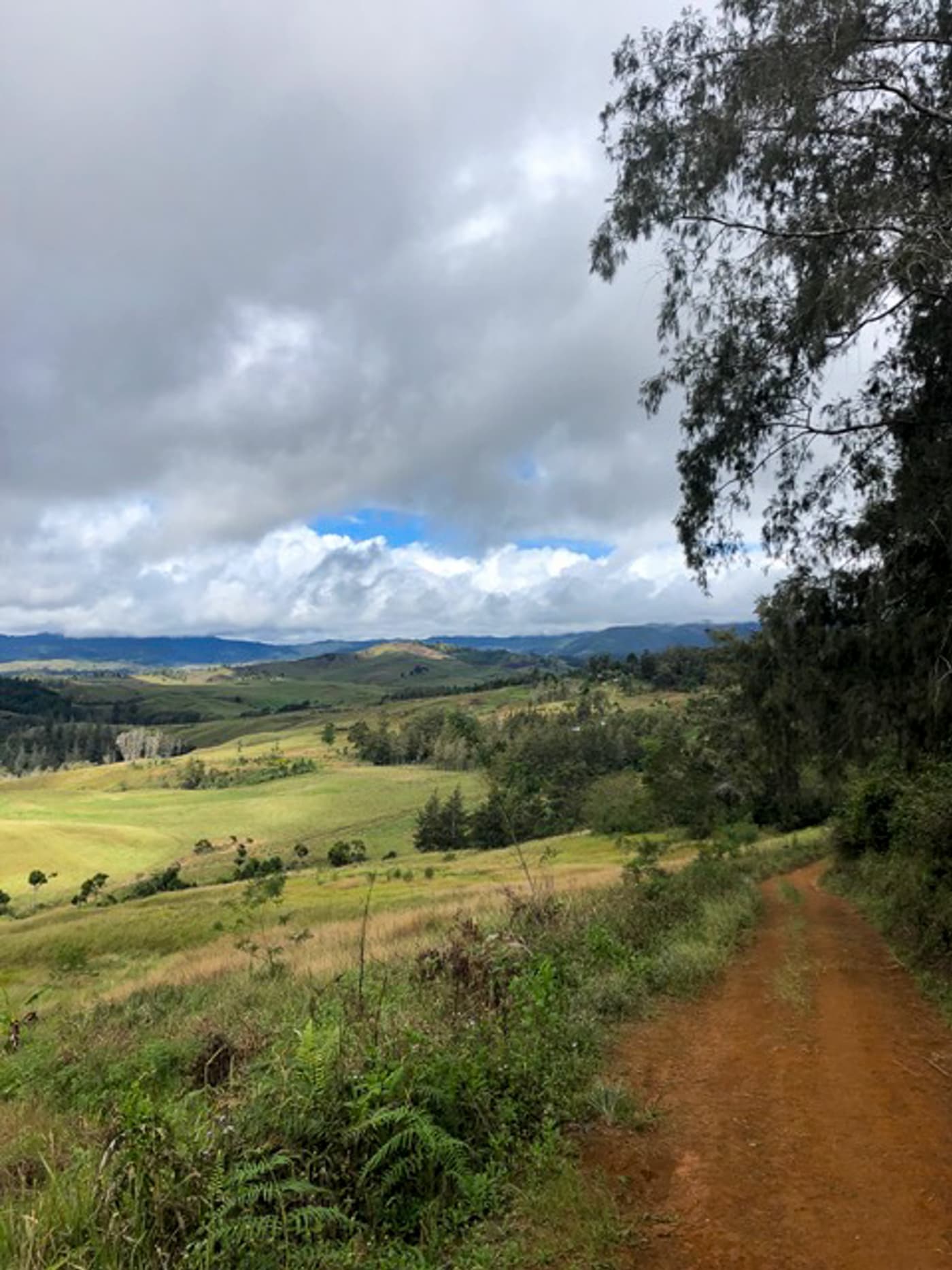
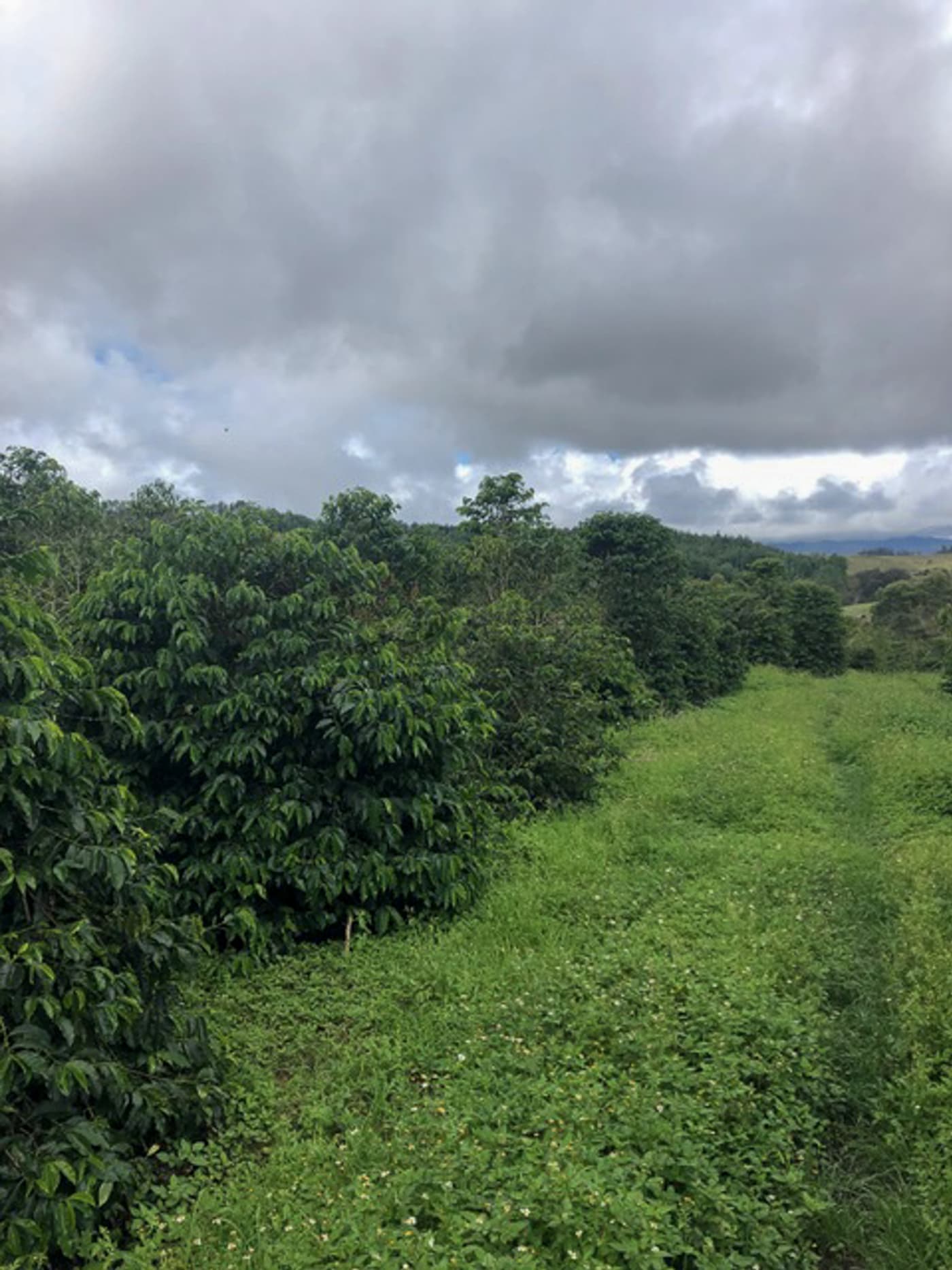
About the coffee varieties
The farm grows a mix of Typica, Bourbon, Mundo Novo and Arusha varieties. These are classic, resilient cultivars that thrive in PNG’s rich soils and high elevation, producing coffees with depth, balance, and a distinct clarity.
About the harvest and processing
Picking is careful and selective. Cherries are pulped on disc pulpers, dry-fermented for around 36 hours, then washed with a circular water flow that helps clean off any remaining mucilage. Finally, the coffee is sundried on tarps, turned often for even drying. Lots are kept separate for quality, then hulled, graded and prepped for export.

Learn everything about this coffee:
Ethical, traceable sourcing
This page has all the sourcing information (variety, process, region, story, importer, and more) that our importers share with us, and give us permission to use.
The transparency helps us talk confidently about the quality and background of our product, and it helps you know exactly what you’re buying.
Learn more:
Coffee page transparency legend
Our coffee philosophy
Our business approach
Fresh harvest coffee
We only source and roast coffee from each country’s latest harvest season (so the green coffee is never older than 1 year from the time of picking, processing and packing). This ensures the sensory qualities are always at their peak and unaffected by excessive ageing.
Roasted for espresso (best enjoyed black)
Roast style: espresso. We normally roast all our single origins omni, but there are some exceptions—this coffee is one of them! The roast profile leans to the darker side of the spectrum, but is still considered lighter when compared to other espresso roasts in the market.
Designed for espresso brewing. Best enjoyed black.
Learn more:
Our Loring Kestrel S35 roaster
Our roasting style and approach
Best brewed within days 10–42 post-roast
The ‘fresh is best’ saying doesn’t apply to coffee (contrary to popular belief). Waiting before opening and brewing your bag of whole coffee beans helps develop peak flavour and acidity.
But heads up: if you buy pre-ground coffee, brew it as soon as possible.
Learn more:
Our recommended brewing window
Recommended ratio: 1:2 to 1:2.2 in ~26-32 seconds
Our recipes and ratios are tailored to our coffee sourcing and roasting styles, bringing the best flavour and feel out of each coffee.
For our espresso roasts, we recommend a coffee:yield ratio of 1:2 or 1:2.2:
- Dose: 22g ground coffee
- Yield: 46–48g espresso
- Total brew time: ~26-32 seconds
This is just a starting point! We encourage you to experiment, taste, and adjust to find the recipe that you enjoy the most.
Learn more:
Our espresso brew guide (espresso roast blends and single origins)
Brewing ratio calculator
Packaging and sustainability
- Bags: ABA-certified home compostable (AS 5810-2010)
- Labels: recyclable
- Valves (only on +250g bags): general waste
- Box and tape (online orders): recyclable
Learn more:
Our packaging
Varieties
Arusha variety
This is a new varietal! We’ll add more details here soon.
Bourbon variety
A natural mutation of the Typica varietal, Bourbon is named after Reunion Island (then known as Il Bourbon) where the French cultivated the Typica plants which naturally mutated.
Mundo Novo variety
Mundo Novo is the result of a natural cross between the Bourbon and Typica varieties found in Mineiros do Tiete, Sao Paulo, Brazil.
Seeds of the original coffee plants were planted in the municipality of Novo Mundo, today called Urupês, where selection gave rise to the variety Mundo Novo. The variety was discovered in 1943.
Source: WCR
Typica variety
Considered to be one of the ‘genus’ varietals from which all other varietals have mutated from
The location
Coffee from Papua New Guinea
PNG is a new and exciting country for us – stay tuned for more details
Farm processes
Washed process
Machines are used to remove the flesh from the coffee cherry before being fermented in water, washed again, and finally sun dried. This process tends to result in more distinct, cleaner flavours.
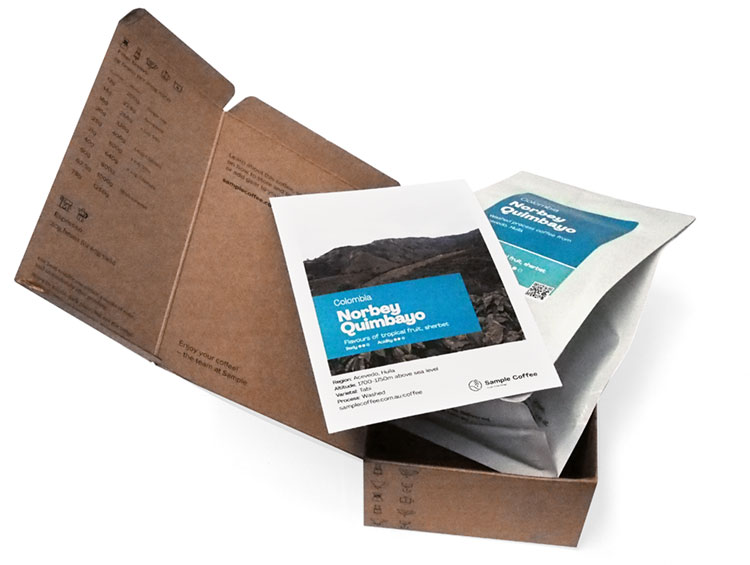
Subscribe to a world of coffee
Discover a new single origin coffee from Sample every 1-5 weeks with no delivery fees.
No up-front purchase, and you can pause, cancel, or change plans at any time.
Available to order online this week:

Ethiopia Bookkisa
Flavours of burnt orange, poached pear, vanilla
Body Acidity
Washed 74110, 74112
February 2025 harvest
Roasted omni for filter and espresso
Ethiopia Bookkisa online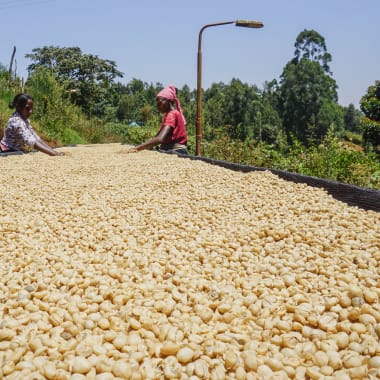
Kenya Karindundu Ab
Flavours of orange marmalade, grapefruit, Yunnan red tea
Body Acidity
Washed Batian, SL28, SL34, Ruiru 11
January 2025 harvest
Roasted omni for filter and espresso
Kenya Karindundu Ab online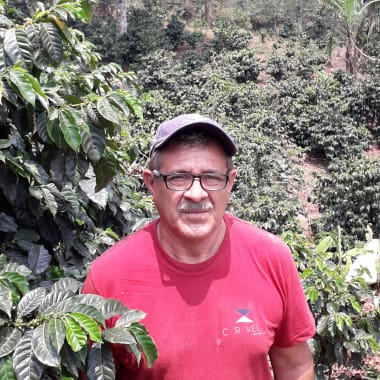
Nicaragua Mario Ortez
Flavours of lime, cranberry, nougat, guava sorbet
Body Acidity
Washed Caturra
April 2025 harvest
Roasted omni for filter and espresso
Nicaragua Mario Ortez online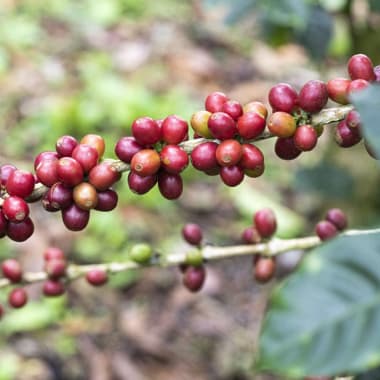
Colombia La Serrania Decaf
Flavours of blackberry, molasses, milk chocolate (as black) / almond, honeycomb, vanilla (with milk)
Body Acidity
Washed + EA natural decaf Caturra, Castillo, V.Colombia
Roasted omni for filter and espresso
Colombia La Serrania Decaf online